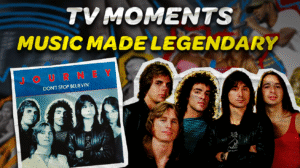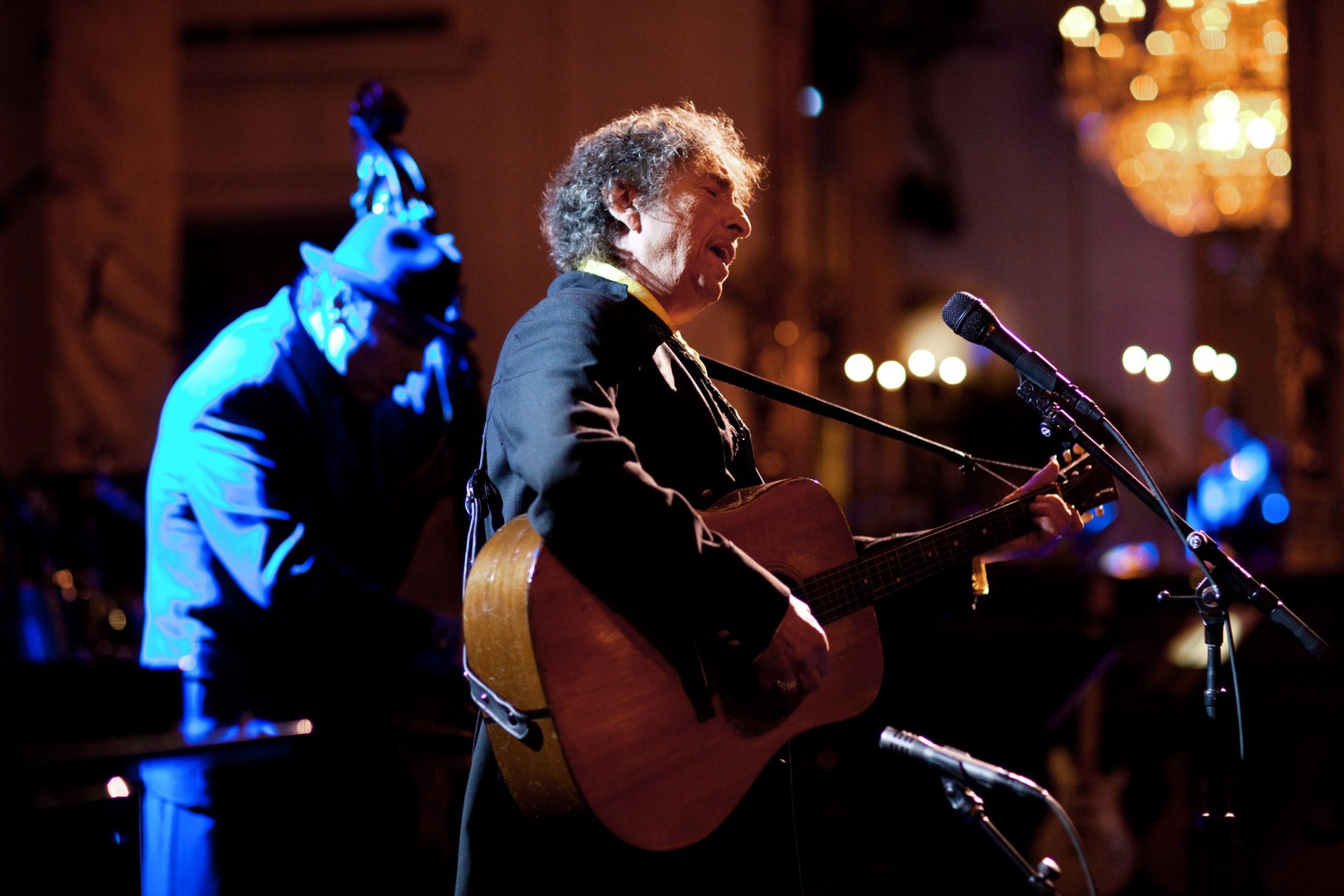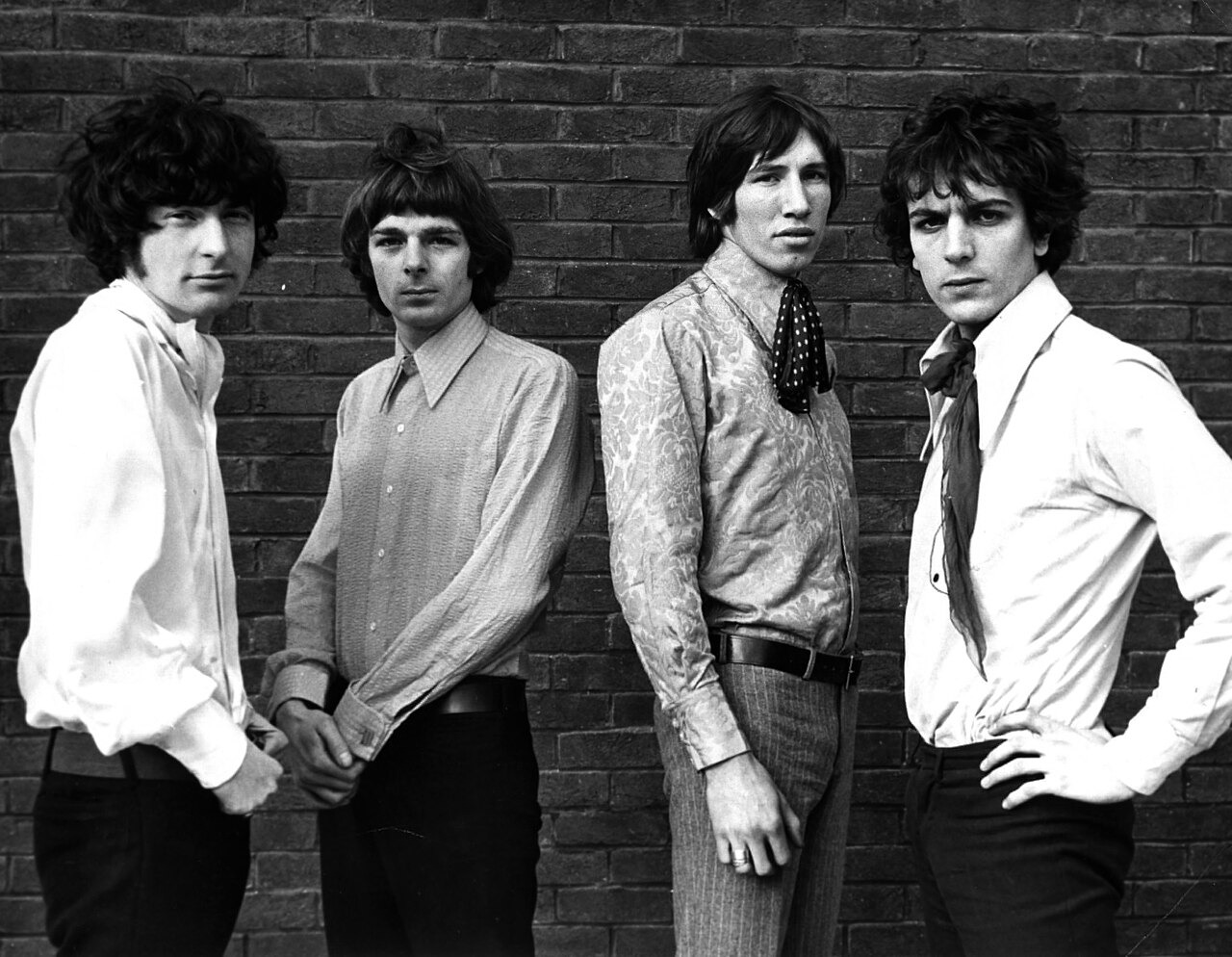
Music’s subjective nature goes without saying, but certain tracks unite listeners in collective cringe faster than a needle scratch at full volume. These sonic disruptors captivate our attention not through brilliance but through their uncanny ability to transform joy into irritation. You know that feeling when a song prompts everyone at the party to simultaneously lunge for the aux cord? That’s the unique power these auditory train wrecks wield over us.
Behind every eye-roll-inducing chorus lurks a revealing story about our relationship with repetition, authenticity, and cultural context. Examining these tracks feels like witnessing a musical eclipse that burns your eardrums rather than your retinas—fascinating not because they’re masterpieces, but because they’ve transformed irritation into a cultural force that demands our attention. Ready for a journey through the soundtracks of our communal suffering?
20. Macarena

Los Del Rio’s global dance pandemic represents a zombie virus—infectious, unstoppable, and leaving millions of victims performing involuntary arm movements. The 1993 Spanish-language track (1995 Bayside Boys remix) invaded school gymnasiums, wedding receptions, and sporting events with the ruthless efficiency of a military operation. Within months, resistance became futile as grandparents and kindergarteners alike surrendered to its choreographed tyranny. Though not admitted, Los Del Rio probably hates it as much as anyone else.
The song’s 14-week reign at #1 on US charts wasn’t just success—it was cultural occupation. Its brilliance lies in weaponized simplicity: a dance routine so basic that refusing to participate made the non-participant the problem, not the music. “Macarena” exposed the razor-thin boundary between communal celebration and collective hostage situation, creating the blueprint for viral dance trends decades before TikTok emerged. Its legacy persists whenever someone decides that synchronized movement to repetitive beats constitutes an appropriate substitute for genuine entertainment.
19. Rockstar
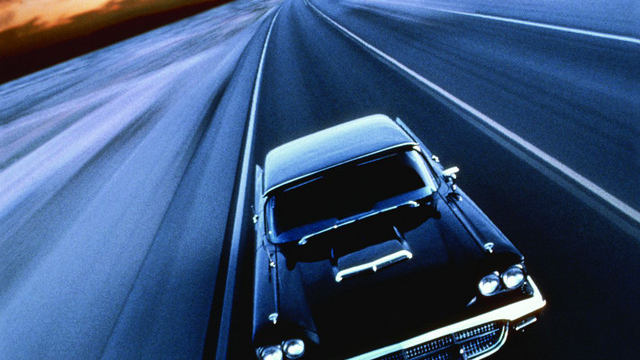
Nickelback’s 2005 exercise in rock wish-fulfillment serves as a midlife crisis Corvette purchase—desperate, obvious, and fooling absolutely no one. This track from “All the Right Reasons” ticks off materialistic rock star clichés with all the subtlety of a teenager’s bedroom poster collection. The shopping list of celebrity perks delivers fantasy fulfillment for commuters stuck in traffic dreaming of escape.
What makes this particular sonic offense fascinating isn’t just its musical mediocrity but its perfect encapsulation of post-grunge’s creative bankruptcy. The track’s stadium-sized success (peaking at #6 on Billboard) while simultaneously becoming critical kryptonite revealed the growing chasm between commercial viability and artistic credibility in mid-2000s rock. Nickelback’s transformation into universal musical punchline wasn’t accidental—it resulted from formulaic songwriting so cynically calculated it might as well have been created by algorithm. “Rockstar” remains the sonic fast food of rock—millions consume it while simultaneously understanding it’s probably bad for them.
18. Friday
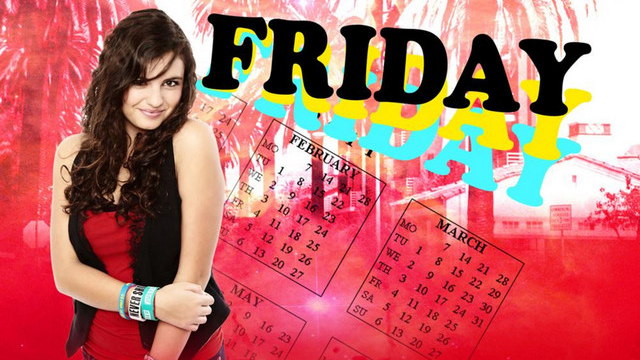
Rebecca Black’s 2011 weekend anthem stands as the internet’s first truly viral musical trauma—both for listeners and its teenage creator. This track didn’t merely spread; it exploded across digital platforms like a glitter bomb of Auto-Tuned awkwardness, becoming an unintentional referendum on vanity projects, parental oversight, and adolescent access to recording technology. The production sounds approximately as polished as a video call with poor connection.
What elevates this story beyond musical mockery is its human aftermath. Black endured cyberbullying that would crush hardened celebrities, transforming from innocent teen to unwitting case study in digital mob psychology. Her evolution from internet punchline to resilient artist and advocate reveals how the same platforms that manufacture public humiliation can occasionally nurture growth. Each anniversary brings waves of analyses examining the song not for its musical failure but as the cultural moment when society collectively started treating social media virality as a blood sport targeting vulnerable creators.
17. Brown Eyed Girl

Van Morrison’s 1967 debut solo single has morphed from innocent summer jam into that relative who tells the same story at every family gathering. Many wedding DJs field requests for this calypso-inflected earworm, only to watch dance floors dissolve into collective agony by the third spin of the night. The track doesn’t merely exist in rotation—it haunts venues like an uninvited ghost, transforming jubilant celebrations into scenes of subtle desperation.
Industry insiders have crowned it the “party song of death,” creating a paradox where universal recognition breeds universal exhaustion. The cruel twist? Morrison himself can’t stand his creation, claiming he’s written hundreds of superior songs while never seeing proper royalties thanks to a predatory contract. Next time your finger hovers over the volume knob, recognize your participation in a decades-long tradition of shared musical trauma—one that even its creator wants no part of.
16. I Got You Babe
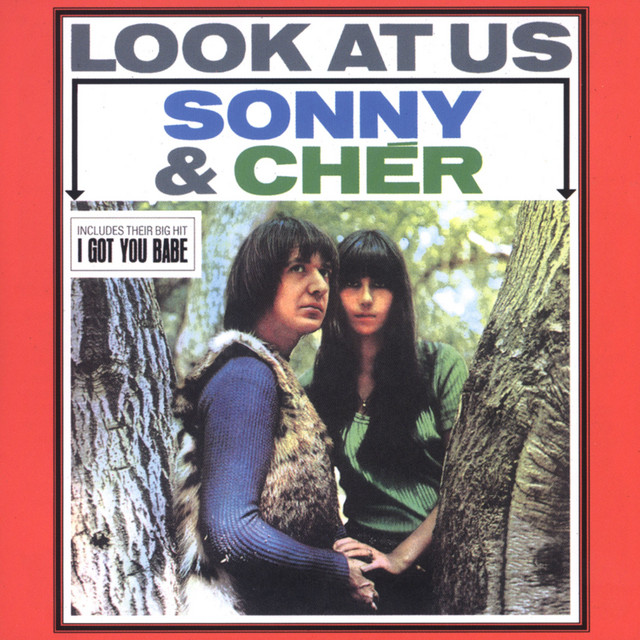
Finding a 1960s love duet that hasn’t curdled with time challenges even the most devoted musicologists, but Sonny and Cher’s 1965 Billboard-topper stands as ground zero for the epidemic of sonic cheese. Once representing youthful rebellion against conventional romance, it has calcified into an artifact too kitschy even for ironic appreciation. That repetitive chorus now triggers the same fight-or-flight response as nails scraping across a chalkboard.
The track that launched two entertainment empires now exists primarily as cinematic shorthand for “Groundhog Day” torture or awkward prom scenes in nostalgic films. Its transformation from countercultural anthem to cringe-inducing time capsule reveals how badly sentimentality ages when stripped of historical context. Modern ears experience the song’s deliberate simplicity not as charming but as patronizing—an unwanted musical pat on the head that nobody requested but continues to receive.
15. Whip My Hair
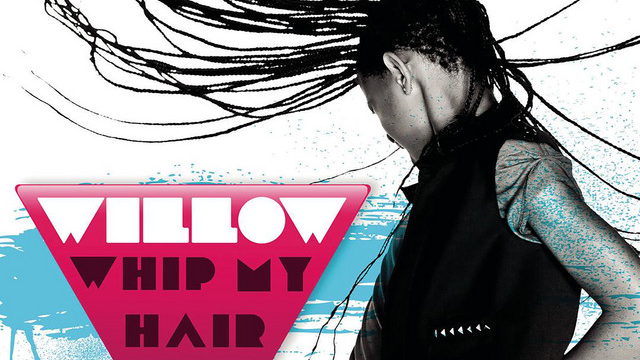
Willow Smith’s 2010 debut single stands as childhood weaponized into sonic form—a track created by a 9-year-old that generated both platinum certification and unprecedented levels of adult irritation. This hair-centric anthem exposed fault lines in generational music appreciation faster than educational segments on cultural divides. The repetitive hook transformed classrooms and minivans into sites of musical warfare between demographics with irreconcilable differences about acceptable noise.
What separates this track from garden-variety novelty hits is the uncomfortable tension between Smith’s genuine talent and the song’s deliberate simplicity. The production quality creates a slick commercial package that feels simultaneously authentic to youth culture and calculated to infiltrate it. As Smith later rejected this commercial sound for experimental alt-rock, the song remains frozen in time—a cultural artifact capturing both the cynicism of industry child star manufacturing and the unfiltered energy that occasionally breaks through despite corporate packaging.
14. Cotton Eye Joe

Rednex’s 1994 genre mashup represents cultural appropriation packaged as novelty—a Swedish group pillaging American folk traditions with all the subtlety of a neon cowboy hat. This unholy matrimony between traditional fiddle tunes and aggressive Eurodance beats creates an experience similar to watching history teachers attempt viral dance challenges. The resulting sonic confusion topped charts across Europe while cementing its status as the track that launches a thousand eye-rolls.
The song’s persistence at sporting events and wedding receptions exposes a disturbing truth about communal spaces—they routinely fall victim to music that would never survive private listening. Its choreographed line-dancing requirements create forced participation bordering on cultural torment. Each refrain triggers Pavlovian dread in anyone who’s witnessed relatives attempting synchronized movement. The track persists not through artistic merit but through institutional inertia—akin to outdated materials that organizations keep using because replacements require additional paperwork.
13. It’s Everyday Bro
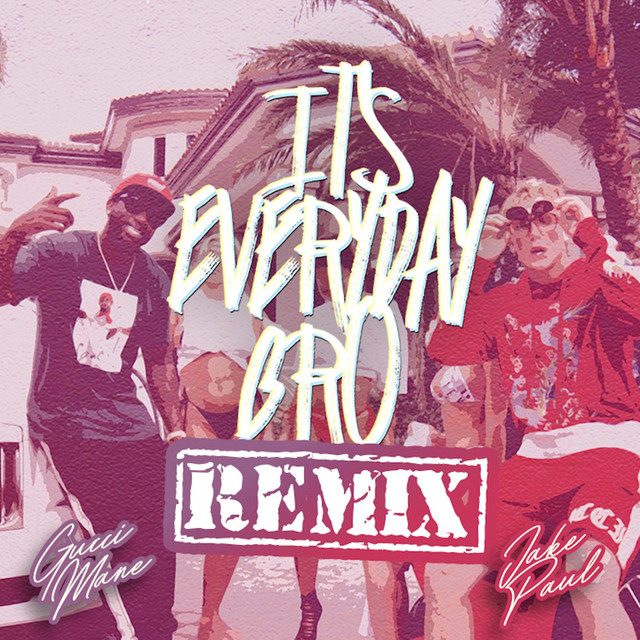
Jake Paul’s 2017 social media flex masquerading as music functions as a pyramid scheme—impressive numbers built on nothing of actual value. This Team 10 collaboration didn’t just blur the line between content creator and musician; it obliterated it, leaving the music industry staring at the rubble like dinosaurs watching the meteor hit. The track exists as pure clout economics—success measured in attention rather than artistic merit.
What makes this particular disaster fascinating isn’t just its quality (or spectacular lack thereof), but how it exposed the growing fault lines between traditional entertainment gatekeepers and insurgent digital celebrities. The music video’s mansion-and-luxury-car aesthetics demonstrate all the subtlety of a neon billboard, yet generated millions of views that legitimate artists would sacrifice vital organs to achieve. This track stands as patient zero in the ongoing pandemic of influencers invading music spaces—a concerning cultural development suggesting talent has become entirely optional in the algorithm-driven attention economy.
12. You’re Beautiful
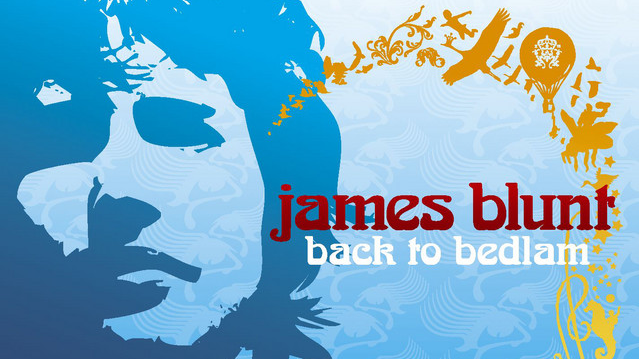
James Blunt’s 2005 soft-rock stalker anthem transformed from emotional breakthrough to auditory torture device purely through repetition. This track about creepily staring at someone else’s girlfriend on public transport somehow became the soundtrack to weddings, commercials, and romantic comedies—proving once again that nobody actually listens to lyrics. Its acoustic-backed falsetto hooks initially charmed Grammy voters before becoming as welcome as that person who tells the same story at every gathering.
Blunt’s song presents a rare case study in how market saturation can destroy artistic merit faster than leaked demo tracks. What makes this particular irritant unique is Blunt’s refreshing self-awareness—he regularly jokes about how annoying his signature hit has become. The track’s journey from heartfelt chart-topper to perennial “most annoying songs” list resident demonstrates music’s strange ability to transform familiar comfort into active aggravation, like a favorite sweater that inexplicably begins to itch after too many wears.
11. Timber

Pitbull and Kesha’s 2013 party anthem stands as music’s fast food combo meal—heavily processed, aggressively marketed, and consumed by millions despite questionable nutritional value. This diamond-certified chart-topper merged harmonica samples with EDM drops like someone playing musical Mad Libs with incompatible genres. The result? A club staple that sounds approximately as organic as laboratory-grown meat.
This sonic creation topped charts in twenty countries not through artistic merit but through sheer commercial force—the audio equivalent of an explosion sequence in a summer blockbuster. Industry experts might applaud its genre-blending innovation, but the listening experience resembles being trapped in an elevator with competing radio stations playing simultaneously. “Timber” represents peak formula-driven pop, where market research trumps musical instinct and every element feels focus-grouped into submission. Its legacy persists whenever businesses need background music generic enough to avoid either offense or interest—the sonic wallpaper of retail spaces.
10. Just Like a Woman
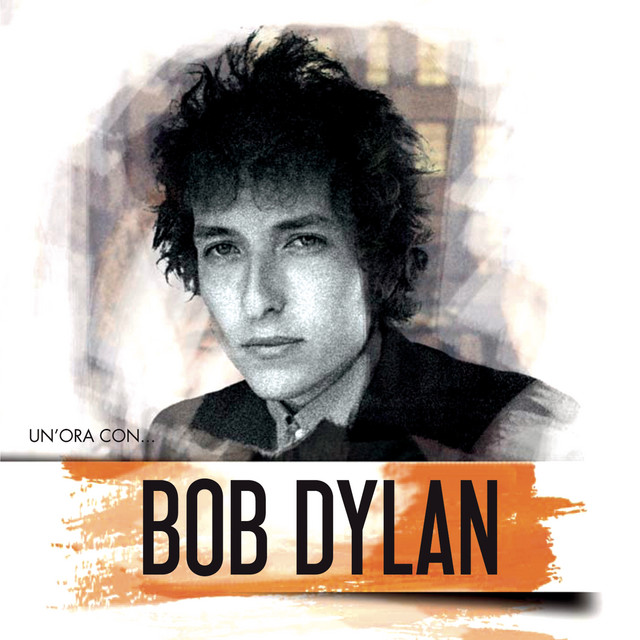
Bob Dylan’s 1966 “Blonde on Blonde” waltz drifts through folk-rock history like a beautiful ghost with increasingly troubling baggage. What once registered as poetic ambiguity has crystallized for many modern listeners into something closer to patronizing condescension. The gentle melody disguises sharp edges—musical gaslighting wrapped in three-quarter time and introspective delivery.
This track operates as a litmus test for generational perspectives on gender dynamics. Where boomer audiences might hear nuanced character study, younger listeners often detect the familiar notes of dismissive masculinity disguised as sensitivity. Its continued presence in Dylan’s live rotation and academic syllabi demonstrates how art can simultaneously be both culturally essential and increasingly uncomfortable—forcing us to confront how yesterday’s poetic license has become today’s problematic fav. The ongoing debate around the song reveals less about Dylan himself than about our evolving understanding of how power structures hide within seemingly innocent musical phrases.
9. Backstreets
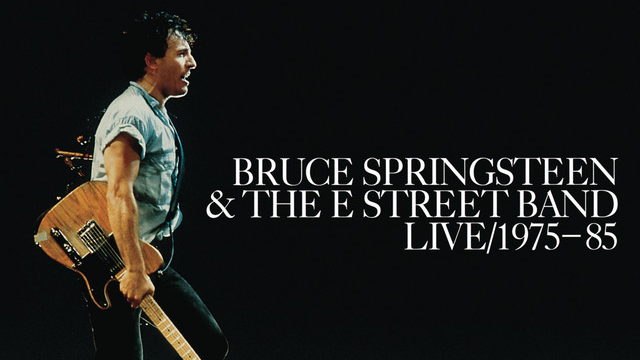
Bruce Springsteen’s 1975 epic from “Born to Run” stands as the musical dividing line separating casual listeners from the true disciples willing to endure six-and-a-half minutes of increasingly shouted melodrama. This track doesn’t just ask for your attention—it grabs you by the collar and demands emotional surrender like that friend who turns every minor inconvenience into an existential crisis. The Boss isn’t just singing here; he’s delivering a theatrical sermon to the back rows.
Where devoted fans hear raw vulnerability and poetic storytelling, others experience what feels like being trapped in someone else’s therapy session without consent. The layered production builds like a wave that never quite crashes, leaving uninitiated listeners checking the track time with desperation. “Backstreets” reveals the thin line between cathartic expression and emotional hostage-taking—a line Springsteen crosses with the confidence of someone who knows exactly how far he can push before the audience pushes back.
8. Believe

Cher’s 1998 vocoder experiment stands as music’s Frankenstein’s monster—a creation that escaped the lab and conquered the world while forever altering its creators. This dance-pop laboratory accident didn’t just use Auto-Tune; it weaponized it, transforming corrective software into an aggressive artistic statement. The result? A robotic vocal effect so distinctive it earned its own name—the “Cher effect”—while dividing listeners into opposing camps of technological purists and digital revolutionaries.
While traditionalists protested about “authenticity,” the track topped charts in 23 countries and dominated club floors across the planet. Its rapid embrace by LGBTQ+ communities wasn’t coincidental—the track’s cyborg vocal manipulation perfectly captured the era’s questions about technology and identity. What sounds dated now was genre-shattering then—the rare Grammy-winning experiment (Best Dance Recording, 1999) that altered pop’s genetic code forever, birthing everything from T-Pain to Hyperpop’s digital extremism.
7. I’m a Gummy Bear
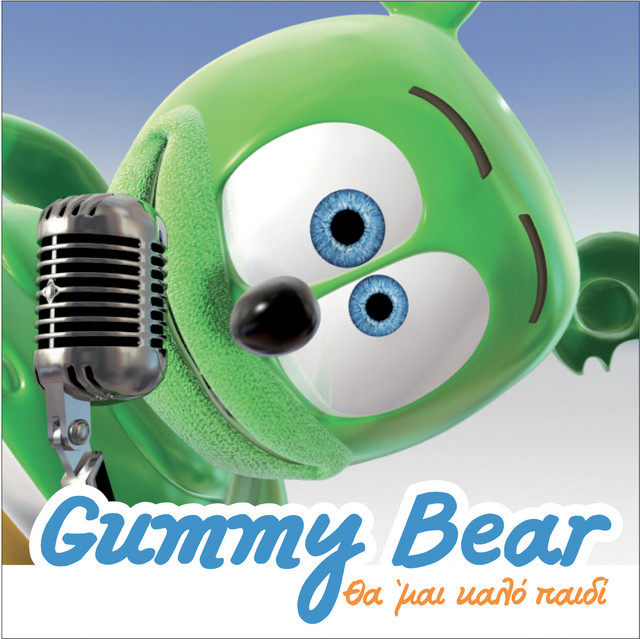
The 2006 children’s earworm represents audio engineered specifically to drive parents to the brink of sanity while delighting their offspring—a sugar rush followed by the inevitable crash. This squeaky, auto-tuned monstrosity (officially “The Gummy Bear Song”) follows a formula for viral success so effective it should probably be classified as a psychological weapon: synthesized beats, animated character, and nonsensical phrases repeated until adult brains malfunction.
While music critics dismissed it faster than expired dairy products, the track racked up billions of YouTube views and spawned a multimedia empire complete with toys, games, and a feature film. Its success exposes the uncomfortable truth that musical sophistication means nothing when competing against colors, catchiness, and cartoon animals. Each time a child discovers this cultural contagion, another parent lies awake at night, haunted by gummy-related lyrics looping through their consciousness—a transgenerational trauma bonding experience disguised as children’s entertainment.
6. Young Girl
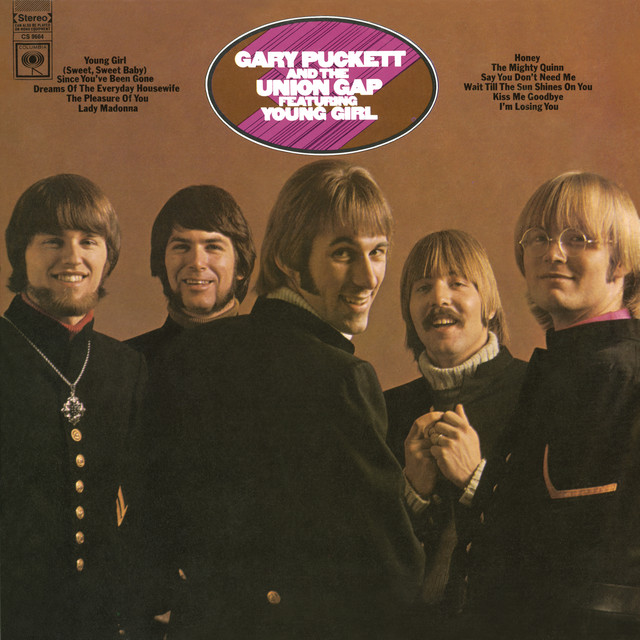
Gary Puckett & The Union Gap’s 1968 orchestral pop ballad stands as exhibit A in how yesterday’s chart-toppers transform into today’s cultural radioactive waste. This Billboard #2 hit about a man discovering his love interest is underage hasn’t merely aged poorly—it has decomposed into something that compels modern listeners to reach for cultural hazmat suits. The dramatic horns and strings once signaling emotional gravity now soundtrack collective discomfort.
What distinguishes this track from simple nostalgic embarrassment is its continued rotation on oldies stations, forcing uncomfortable conversations about mainstream entertainment’s normalization of problematic dynamics. The song functions as a time machine to an era when such themes garnered celebration with soaring strings and earnest delivery rather than critical examination. Each play serves as a reminder that sometimes the most revealing cultural artifacts aren’t preserved in museums but instead make us squirm in recognition of how dramatically social values can transform across generations.
5. American Pie

Don McLean’s 1971 folk-rock marathon doesn’t just strain patience—it pulverizes it across an excruciating eight-minute runtime. This karaoke killshot transforms eager participants into public hostages as verse after cryptic verse unfolds like some musical escape room with no solution. Initial enthusiasm fades by minute one, phones emerge by minute three, and fake emergencies get planned by minute five.
The song operates as musical quicksand—struggle to reach the distant chorus about dry levees, and you sink deeper into its allegorical bog about Buddy Holly’s fatal crash. Critics celebrate its “ambitious narrative structure” while the rest of humanity experiences it as the track that derails gatherings. Despite earning induction into the National Recording Registry for cultural significance, it simultaneously occupies collective memory as the composition that taught an entire generation about the sunk cost fallacy in real-time.
4. Look What You Made Me Do

Taylor Swift’s 2017 sonic revenge plot operates as music’s version of a high school yearbook photo—initially embraced but later inducing full-body cringing. This lead single from “Reputation” didn’t merely signal an artistic pivot; it declared total war on Swift’s previous persona, sampling Right Said Fred’s “I’m Too Sexy” while severing ties with her country-pop roots. The dramatic self-reinvention landed with all the subtlety of a glitter explosion in a quiet library.
The track’s record-breaking video views demonstrated the commercial power of celebrity feuds, even as critics winced at lyrics that felt workshopped in a teenage diary. Its polarizing reception created tribal divisions among fans—some embraced Dark Taylor while others mourned the loss of their relatable songwriter. The song’s legacy isn’t musical innovation but cultural spectacle, marking the moment when Swift’s personal narrative threatened to overshadow her artistry. Four years and two folk albums later, this angry electronic detour feels like discovering embarrassing text messages from a relationship best forgotten.
3. Baby

Justin Bieber’s 2010 teenage manifesto functions as pop culture’s perfect Rorschach test—revealing more about the listener than the music itself. This Ludacris-assisted track about puppy love didn’t just launch a career; it sparked an intergenerational war. Adults weaponized its repetitive chorus as evidence of cultural decline while teens transformed their defense of the track into identity politics. The resulting polarization made YouTube history when the video briefly became the platform’s most disliked content ever.
What fascinates isn’t the song’s simplicity but the intensity of reactions it generated—grown adults developing personality traits around hating music made for 12-year-olds. Meanwhile, the commercial juggernaut powered forward, propelling its teenage creator toward arena tours and Calvin Klein campaigns. The trajectory from most-ridiculed wunderkind to critically respected adult artist offers a rare redemption arc in an industry that typically discards teen sensations faster than last season’s fashion trends.
2. Lift Yourself

Kanye West’s 2018 standalone single thrives as modern music’s most elaborate practical joke—a gourmet meal transforming into a whoopee cushion mid-bite. The track samples Amnesty’s “Liberty” with such technical brilliance that listeners lean forward anticipating profundity, only to be ambushed by deliberately nonsensical vocals. The experience resembles watching a master painter create a stunning landscape before deliberately scribbling stick figures across the canvas.
This sonic bait-and-switch sparked internet meltdowns precisely because the production dazzles with excellence. The beat doesn’t merely satisfy; it delivers percussion so meticulously crafted that the lyrical trolling feels like personal betrayal. West’s deliberate subversion forces uncomfortable questions about artistic authenticity in a landscape where the boundaries between genuine expression and elaborate trolling blur beyond recognition. The result hovers in the uncanny valley between brilliance and buffoonery, challenging listeners to decide which side deserves more weight.
1. Yes Sir, I Can Boogie

Baccara’s 1977 Euro-disco juggernaut represents the musical equivalent of fast fashion—mass-produced, widely consumed, and fundamentally disposable. This Spanish duo’s stomping club anthem somehow transformed into the 12th biggest-selling single in history with 16 million copies sold, proving that commercial success operates with the same mysterious logic as cryptocurrency markets. The repetitive chorus burrows into brain tissue with the persistence of a dental drill.
The track’s distinctive European delivery pioneered the export of Spanish disco-pop while simultaneously ensuring nobody would take the genre seriously for decades. Its cult status persists not because of artistic merit but through a strange cultural Stockholm syndrome—we’ve collectively been held hostage by its infectious mediocrity for so long that surrender became easier than resistance. Each new revival (sporting events, ironic DJ sets, retro compilations) reinforces its peculiar immortality, creating new generations of listeners united in collective musical trauma.




